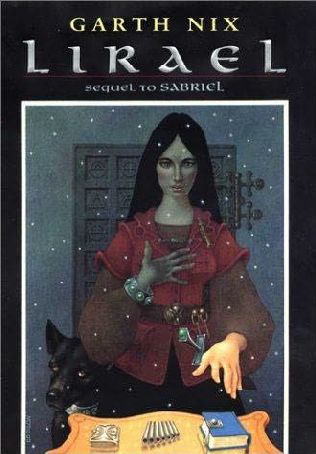
Using the current announcement of women's boxing being admitted to the Olympics as the flimsiest of pretexts, I wanted to write a little about my pleasure in reading
Capuchin Classic's very own
Cashel Byron's Profession. This book, as you may know, has a prizefighter as its male lead, and was one of only five novels produced by Shaw.
Anthony Lejeune's thoughtful introduction leads into a very Shavian preface, in which the writer holds forth with witty mock self-effacement about the whole tricky business of getting publishers to accept novels. It begins:
I never think of Cashel Byron's Profession without a shudder at the narrowness of my escape from becoming a successful novelist at the age of twenty-six. At that moment an adventurous publisher would have ruined me. Fortunately for me, there were no adventurous publishers at that time...
Later in this piece Shaw describes his return to the manuscript of an old, unpublished novel thus:
Part of it had by this time been devoured by mice, though even they had not been able to finish it.
Shaw is also not too proud to unveil the playfully cruel analysis produced by Robert Louis Stevenson of this novel, which ends:
Struggling, overlaid original talent......................... 1 1/2 part
Blooming gaseous folly............................................. 1 part
The novel itself opens with Cashel's somewhat listless and disengaged mother being informed by the Headmaster of her son's school that Cashel is displaying a lack of appetite for education coupled with an unhealthy interest in fisticuffs. Having been then summoned by his mama for a private interview, and vainly defending himself, Cashel resolves to run away to sea, in company with another disaffected boy who aims for Scotland. The description of their flight is a classic piece of comic writing, which prefigures Wodehouse to some extent. Here is the hapless companion's experience as a runaway:
After parting from Cashel and walking two miles, he had lost heart and turned back. Half way to the cross roads he had reproached himself with cowardice, and resumed his flight. This time he placed eight miles betwixt himself and Moncrief House. Then he left the road to make a short cut through a plantation, and went astray. After wandering dejectedly until morning, he saw a woman working in a field, and asked her the shortest way to Scotland. She had never heard of Scotland; and when he asked her the shortest way to Panley, she grew suspicious and threatened to set her dog at him.
This is a light but brilliantly witty novel, which any lover of well-constructed English prose will enjoy.
P.S. We had a question sent to us about the ending of
South Wind, and a possible 'missing' three lines. We would like to confirm that the author - Norman Douglas - produced different versions of this passage, and that the version from which we worked both matches the last edition of the book and is approved by the Society of Authors.
 There are intersting similarities between the subject of the last blog, Storm Jameson, and the author of another title we launch in October, Penelope Gilliatt and A State of Change respectively. For one thing, both are now far less known than their considerable talents deserve; for another Gilliatt, like Jameson, was a keen analyst of politics and society, and wove these observations into her remarkable writing. Born to parents raised in the world of the Newcastle shipping trade, she developed and maintained a strong left-wing perspective on life, and was one of the founding members of the anti Hydrogen Bomb Commitee of 100.
There are intersting similarities between the subject of the last blog, Storm Jameson, and the author of another title we launch in October, Penelope Gilliatt and A State of Change respectively. For one thing, both are now far less known than their considerable talents deserve; for another Gilliatt, like Jameson, was a keen analyst of politics and society, and wove these observations into her remarkable writing. Born to parents raised in the world of the Newcastle shipping trade, she developed and maintained a strong left-wing perspective on life, and was one of the founding members of the anti Hydrogen Bomb Commitee of 100.








